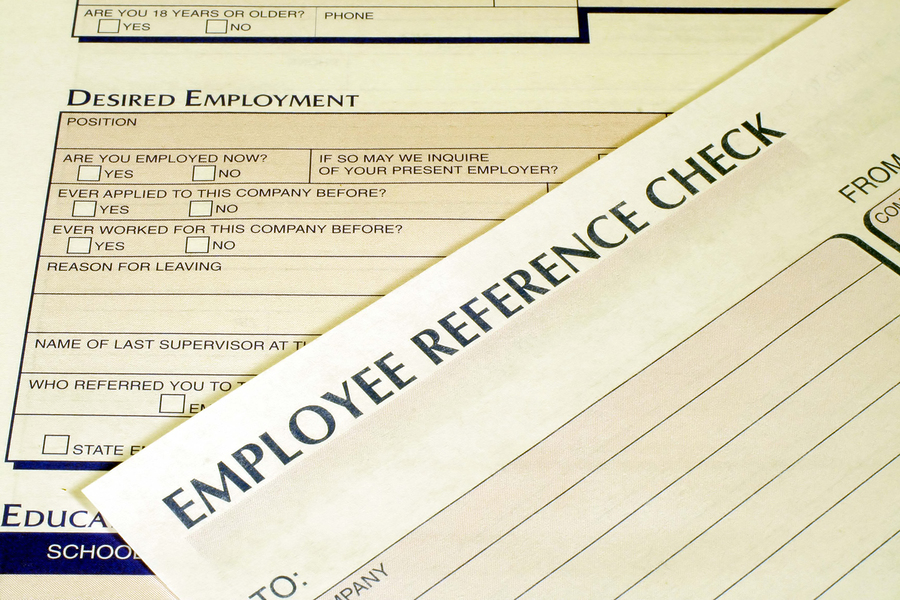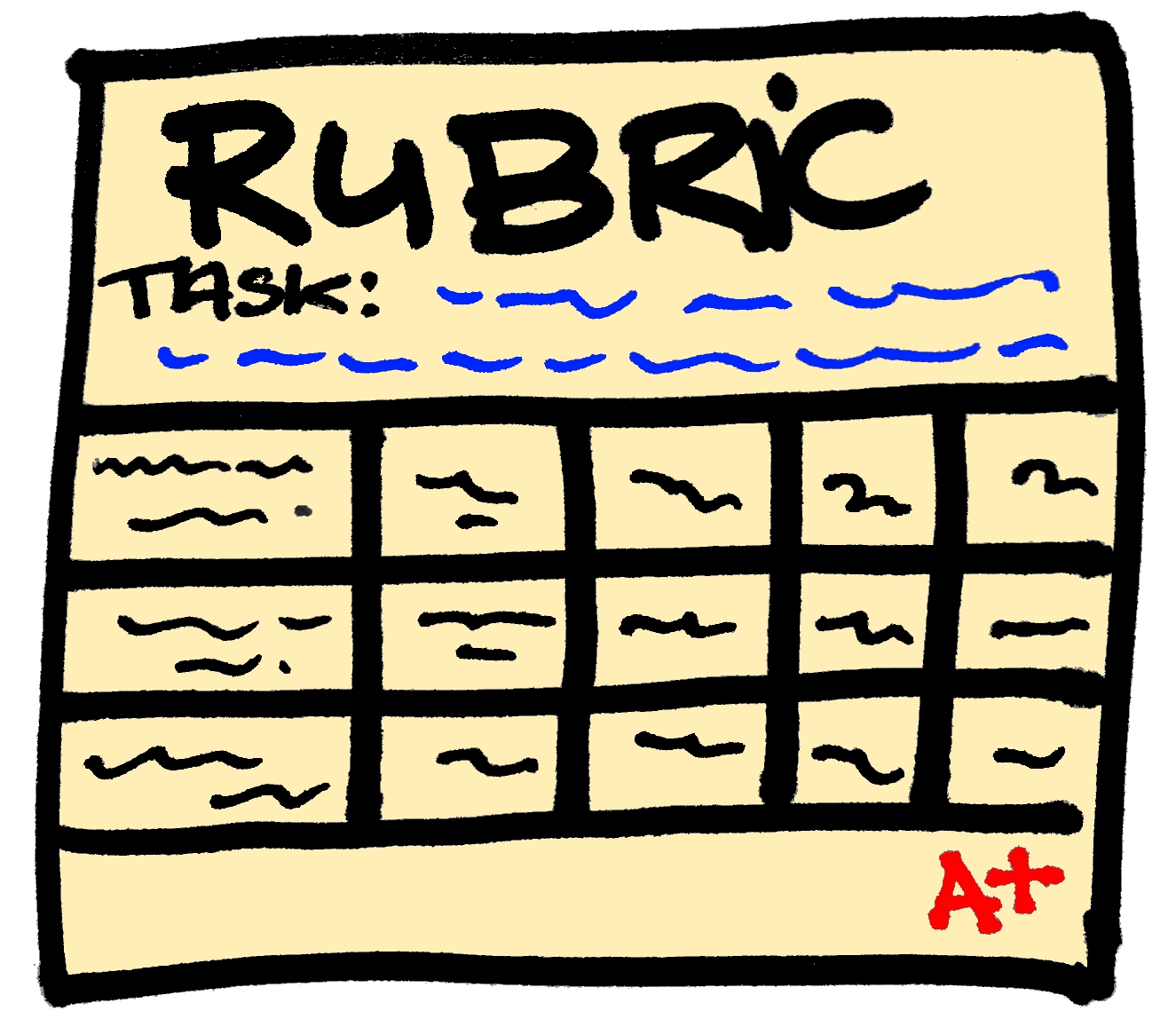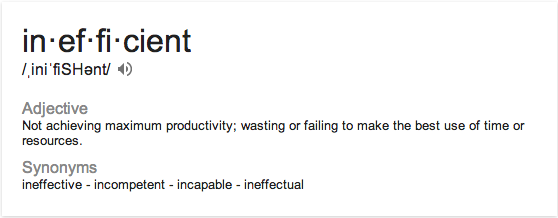We’ve done a lot of things well at Sonar, such as generating revenue from day 1, focusing on our customers’ needs when deciding which features to build, and hiring some of the smartest, kindest people I’ve ever had the pleasure of working with. Although we’ve done a lot of things right, we’ve also made a ton of mistakes.
At Sonar, we are proud to reflect on our mistakes, and as we look to the future, we realize how much progress we’ve made in our hiring process. In this blog post, I’ll discuss some of the mistakes we’ve made early on in the hopes that future entrepreneurs can avoid these same mistakes.
One big area we’ve made mistakes in from the beginning is our hiring process. Although we have an incredible team today, we did make a few hiring mistakes early on, some of which were our fault and could have been prevented.
Hiring people that are not a good fit (whether role fit, culture fit, and company-stage fit) is painful, especially for a young team. It costs money, time (both for the employee and the company), and morale. Hopefully when you read some of the mistakes we’ve made, it’ll help you avoid them in the future.
Reference Checks
The first big mistake we made was not doing thorough reference checks, if we did any at all. Reference checks have become an invaluable part of our interview process now but previously we either didn’t do them, didn’t ask the right questions, or didn’t speak with the right people. Even when we started doing them, we would ignore red flags because we really liked a candidate.
The first thing we do when we’re feeling positive about a candidate and have moved to the reference checking phase is scour their LinkedIn looking for references we want to speak to. We generally choose one direct manager, one peer, and one other person we think might provide insight into the candidate.
Providing references as a candidate isn’t always straightforward. For example, if they are currently employed and their direct manager doesn’t know they are interviewing, providing their manager as a reference doesn’t work. We try to work around that by looking for previous managers or talking to people within the company that do know the candidate is interviewing. However, it is important that we specifically request references we’ve identified from LinkedIn rather than leaving it up to the candidate to come up with his or her own list. Giving candidates freedom to list references has been an issue in the past because we’re only speaking to references the candidate is comfortable enough with to share their desire to leave the company, for which we may not get honest answers.
The questions we ask references are just as important as the references we speak with.
Hiring for Grit
Being relentlessly resourceful (aka grit) is one of the most important qualities an early stage startup employee can have.
Grit is a quality that companies look for at all stages but it is especially important at a startup because you have to be able to achieve tremendous goals with very little resources. Whether we’re talking about time, funds, expertise, pretty much all resources are highly scarce within a startup and working within these constraints is not an easy feat.
We now put significant emphasis on hiring for this quality and have a few ways to gauge it in a candidate. We first look if someone has already had experience at an early stage startup. This isn’t a perfect gauge because someone wanting to be at a startup for the first time might be relentlessly resourceful but have no previous experience and someone with previous experience at a startup might not have been relentlessly resourceful, but it does give us a starting point.
We also ask about any example (whether work-related or not) where the candidate displayed grit. A great example will include lots of failures along the way to success. Using the brute force tactic is another great example to give. Yes, there may have been a more elegant solution to a problem but taking the brute force approach shows the “get it done by any means necessary” attitude (given they also have examples of elegant solutions). Examples of this could be reverse-engineering a piece of technology, debugging a particularly difficult to track down bug, or getting on hundreds of sales calls in a row.
Down for the Cause Attitude
The culture of a startup is set very early on and has a huge impact on the probability of success. Finding people you enjoy working with and who embody the same values as the culture you’re attempting to foster is a difficult task but absolutely achievable.
One of these values is the “down for the cause” attitude. We define this as someone who is looking to care deeply about the company they join, including the culture, mission, team, and success of the company. This is also someone who wants to make their career one of the top priorities in their lives. This is no judgement on people who work to live (from the quote: “work to live rather than live to work”) but we want to work with people who are passionate about their career and prioritize it.
Involving the team too early
A big mistake we made early on was bringing in a candidate too early to meet the entire team. Each time a candidate meets the entire team, the team is blocked for the duration of that meeting. Let’s say we have 6 people on the team, each person spends 1 hour interviewing the candidate, that’s 6 hours that are taken up. That doesn’t even take into account context switching costs and additional discussions and preparation before/after the interview. This time spent adds up very quickly.
Now, we try to front-load as much of the interview as possible before bringing in the entire team.
This means phone calls with both founders before bringing the candidate in to meet the team. This is time-intensive as well so what some companies do is have a take-home interview problem to solve. We are open to this idea but it takes a good amount of time to create and set metrics for the take-home problem.
Low-balling offers
Another big mistake we made early on was severely low-balling offers (I’m talking like ⅓ of what they would make anywhere else). We thought, similar to founders, early employees would be more than willing to take a big cut in salary (in exchange for significant equity) to join an awesome team with a great product and traction…we were wrong.
Great people, especially engineers, will have multiple offers with great compensation (salary + equity) from early startups. There are many startups with great teams, a great product, and traction that are willing to outbid you for the right person. Also, it’s expensive as hell to live in San Francisco! We made this mistake once and will never make it again.
Not having a clear rubric
 Having a clear rubric is incredibly important so every team member is on the same page with what we’re looking for in the next people that join our team. Initially, we would interview a candidate and then after just talk about how we felt about the candidate. There wasn’t a clear baseline or rubric to follow so we were mostly going by gut feeling. This leads to long, unproductive meetings discussing a candidate without a clear way to qualify them. Gut feeling definitely has a part the decision process but there needs to be clear benchmarks to filter someone on.
Having a clear rubric is incredibly important so every team member is on the same page with what we’re looking for in the next people that join our team. Initially, we would interview a candidate and then after just talk about how we felt about the candidate. There wasn’t a clear baseline or rubric to follow so we were mostly going by gut feeling. This leads to long, unproductive meetings discussing a candidate without a clear way to qualify them. Gut feeling definitely has a part the decision process but there needs to be clear benchmarks to filter someone on.
To remedy this, we met as a team and decided on the qualities that were most important to us.
We created a spreadsheet and listed all of these qualities along with a scoring system from -2 to 2, with 0 being neutral or not sure. This has not only made our post-interview discussions more efficient but it also gives us clear things we’re trying to glean from the interviews.
These are the most critical mistakes we’ve made in our recruiting process so far and hopefully by reading this you’ll be more knowledgeable about how to avoid these pitfalls. Thanks for reading!
Sonar is currently hiring, you can find our open positions here: https://angel.co/sonar-5/jobs/




